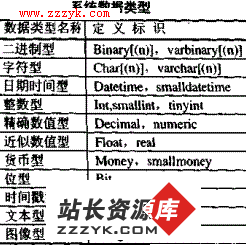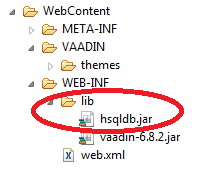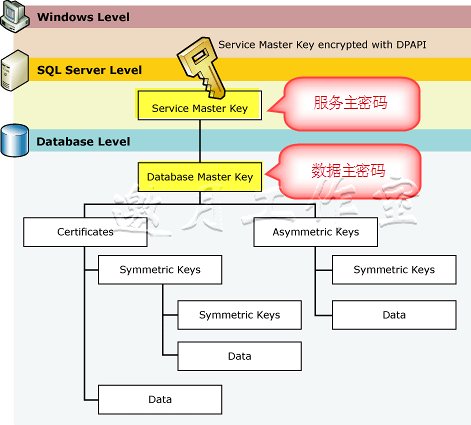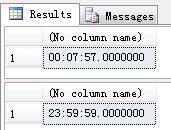plsql中游标的应用
plsql中游标的应用
游标:cursor
declare
cursor c is --声明一个游标
select * from emp;
v_emp c%rowtype;
begin
open c;--打开游标
fetch c into v_emp; --拿出这条记录,存到v_emp,拿出后,游标自动向后移
dbms_output.put_line(v_emp.ename);
close c; --自动清除内存
end;
循环和游标一起使用:
declare
cursor c is
select * from emp;
v_emp c%rowtype;
begin
open c;
loop --注意这三条不能变换顺序
fetch c into v_emp;
exit when (c%notfound);
dbms_output.put_line(v_emp.ename);
end loop;
close c;
end;
while()循环与游标的使用:
declare
cursor c is
select * from emp;
v_emp emp%rowtype;
begin
open c;
fetch c into v_emp;
while(c%found)
loop
dbms_output.put_line(v_emp.ename);
fetch c into v_emp;
end loop;
close c;
end;
for()循环, 是最简单的循环,最常用;
declare
cursor c is
select * from emp;
begin
for v_emp in c
loop
dbms_output.put_line(v_emp.ename);
end loop;
end;
带参数的游标:
declare
--这儿是形参
cursor c(v_deptno emp.deptno%type,v_job emp.job%type)
is
select ename ,sal from emp where deptno =v_deptno and job=v_job;
--v_temp c%rowtype;
begin
for v_temp in c(30,'CLERK')
loop
dbms_output.put_line(v_temp.ename);
end loop;
end;
可更新的游标:
declare
cursor c
is
select * from emp2 for update;
--v_temp c%rowtype;
begin
for v_temp in c
loop
if(v_temp.sal < 2000) then
update emp2 set sal = sal*2 where current of c;
elsif(v_temp.sal = 5000) then
delete from emp2 where current of c;
end if;
end loop;
commit;
end;





